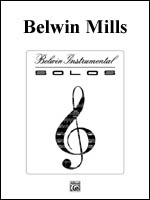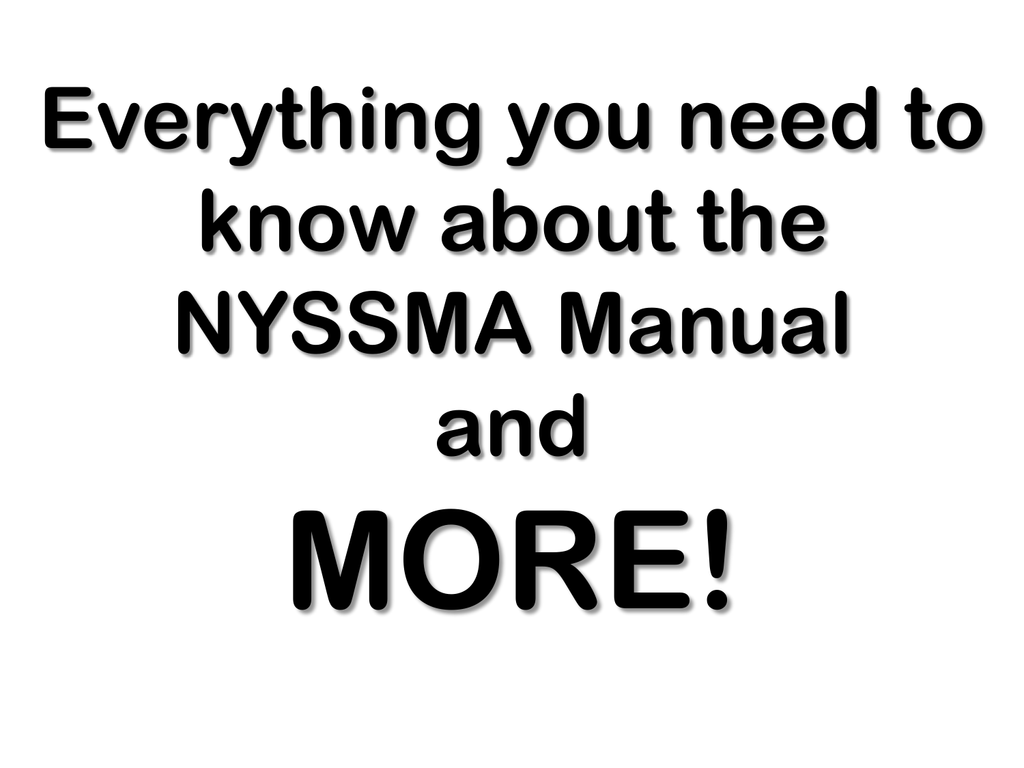

Furthermore, level 6 All-State students may be selected for All-Eastern or even a National ensemble. Level 6 soloists may be able to participate in All-State, which is state-wide. The techniques learned and experience gained from this is invaluable. This is where they select the best students from each adjudication, and combine them into an ensemble. How can I participate in All-County and/or All-State?įor levels 1 through 6, if you do very well, you may be nominated to participate in All-County. Each level has it’s own difficulties as they increase, so make sure to discuss with your teacher exactly what you’ll need to know.ĥ. In addition, there is sight reading and, depending on the instrument, scales to perform. It’s best to consult your teacher for a specific guideline of your instrument and level.Įach student is required to select a solo piece to perform, located in the NYSSMA manual. While you are singing, are you conveying the meaning of the piece correctly?), sight reading, scale playing, and many other things. Levels 1-4 are graded out of 28, and levels 5 and 6 are graded out of 100. The adjudicator (who is usually a retired or current music educator) will award or take away points for criteria such as tone quality, dynamics, expression, articulation, note accuracy, rhythm, the performance itself (i.e. NYSSMA levels are a way of telling where you are as an instrumentalist or vocalist. If you are playing an instrument outside of school, you will need to approach a music teacher and let them know that you want to participate. Typically, NYSSMA papers are given out from your public school teacher. Almost all instruments are included in the NYSSMA festival. NYSSMA is both for soloists and ensembles. Watch our video to find out everything you need to know about NYSSMA:īelow are some of the questions we have answered in the video: We have compiled a list of answers to the most commonly asked NYSSMA questions, as well as tips and tricks to help you succeed. For those who have never done NYSSMA before, the process and adjudication can seem intimidating. NYSSMA is an optional statewide music festival, in which students will be judged on their performance. So Chuck, thanks for your imput.If you haven’t already, you and your teacher will decide whether or not you should participate in the NYSSMA festival. It is left soley up to the discretion of the individual chairpersons.

There are no guidelines given to us when reviewing selections to be included in the Manual.

ONLINE NYSSMA MANUAL MANUAL
Some of my brass Manual colleagues were not happy that they had to go through their entire list to notate the range of every piece.

For the next Manual, it was required for all brass instruments, and still is. The tuba section was the only section to include range in 1985. It was my idea to include the range next to the listed solos. Although not technically too difficult, it is difficult to hear tonally, so I thing it belongs as a 5. I don't recall whether I had anything to do with the Hartley Suite. In fact, it is easier to play than many of the 5's. I got many nasty letters from band directors regarding that move, as most used JM as their main level 6 tuba solo piece. I did move Air and Bouree from a level 4 to a level 5. I'm a firm believer in learning to play Baroque music (as legit solo music, that is) before attempting to understand solo music written after it. I was thrilled to find a challenging Baroque transcription to include. of Vivaldi's Sonata in A Minor, which was a new publication at the time. There were others, but I can't remember them at this moment. Among those, I removed the Kraft, Claude Baker's Canzonet, and David Reck's Five Studies. The first thing I did was to remove all of the pieces from the level 6 category that I felt were too difficult, and that a HS student should not attempt. The first time I chaired in 1985, I made many significant changes that are still in place today. That must have been a pre-1985 NYSSMA Manual that you looked through in Syracuse.


 0 kommentar(er)
0 kommentar(er)
